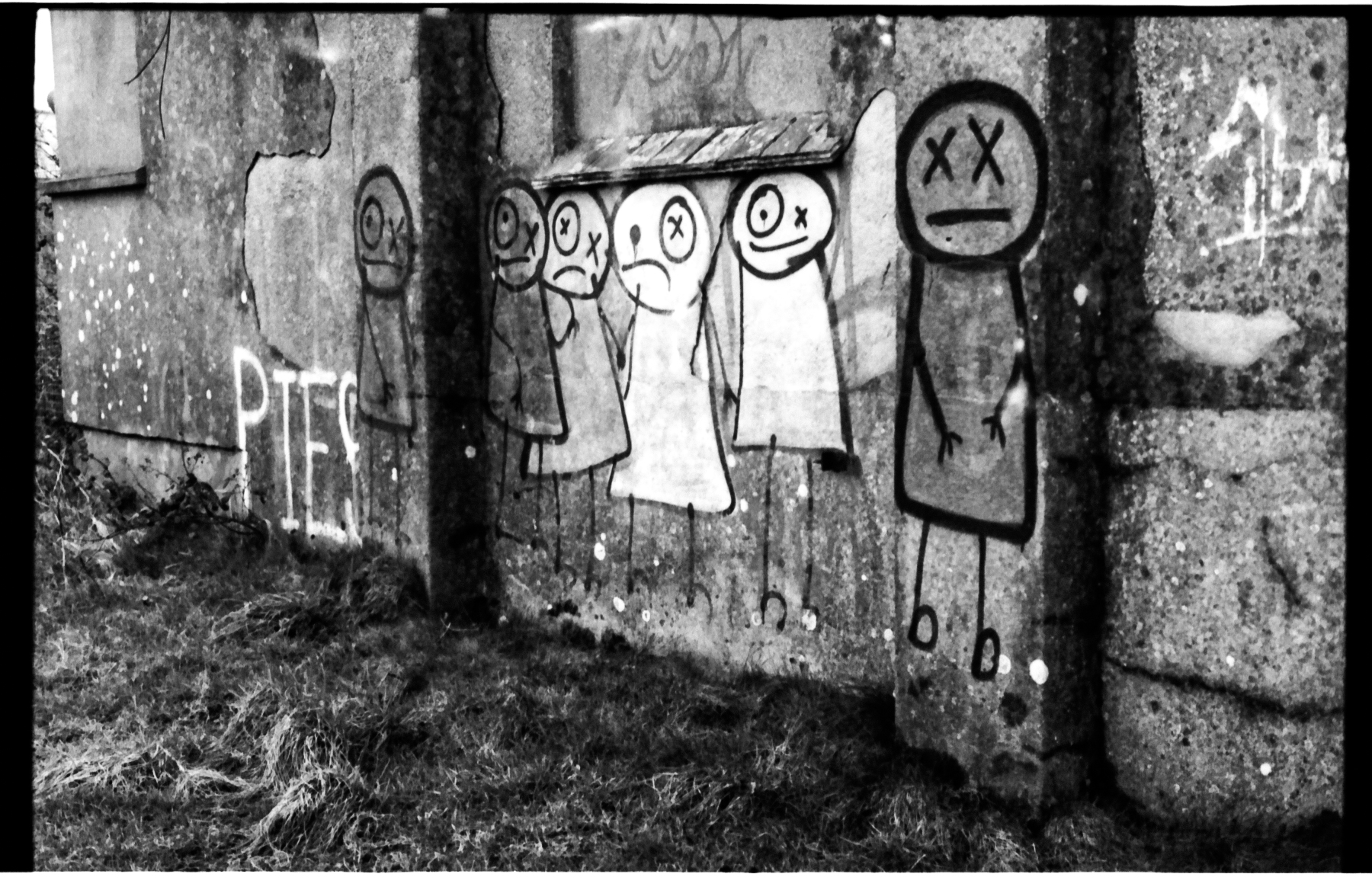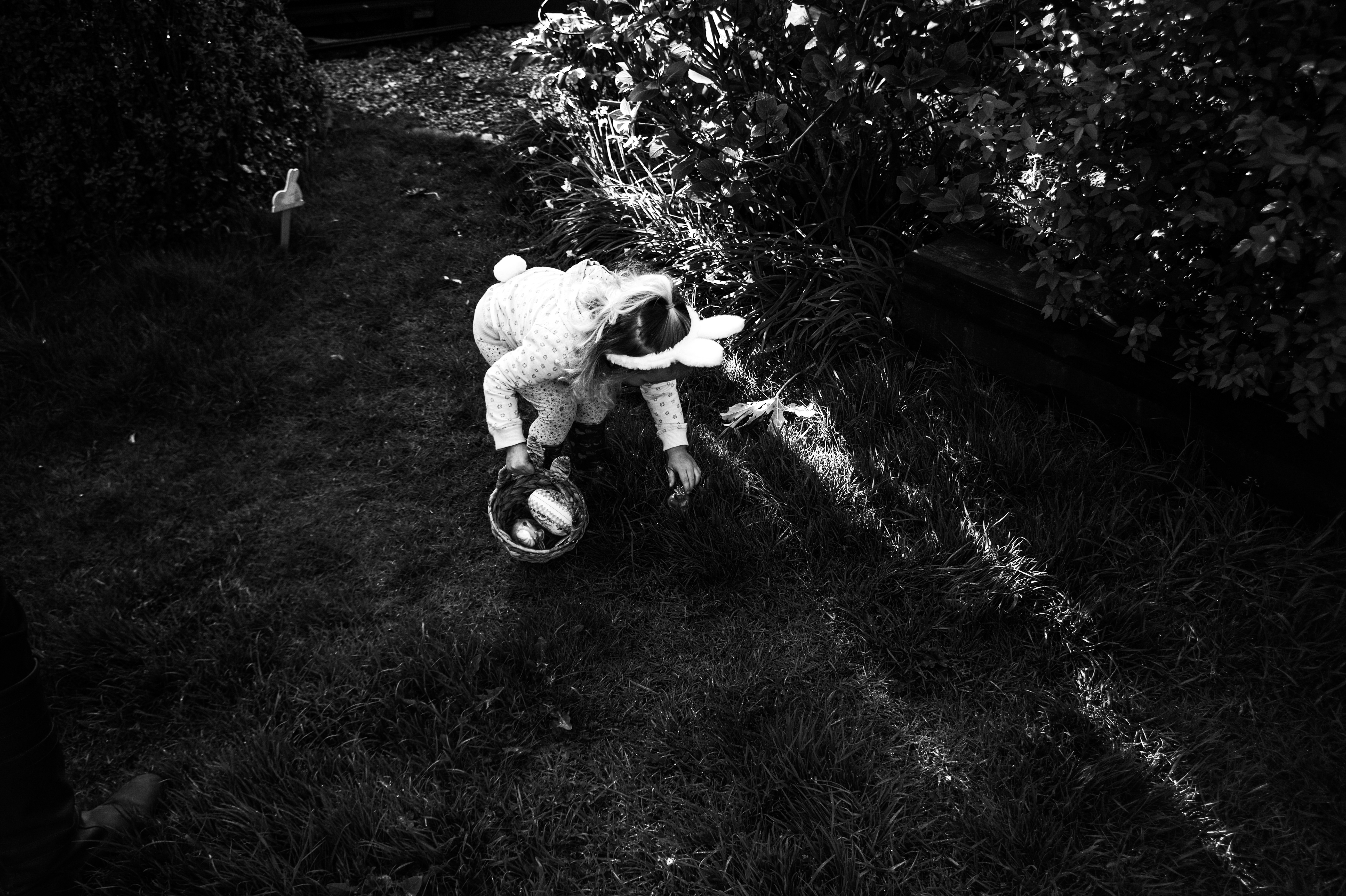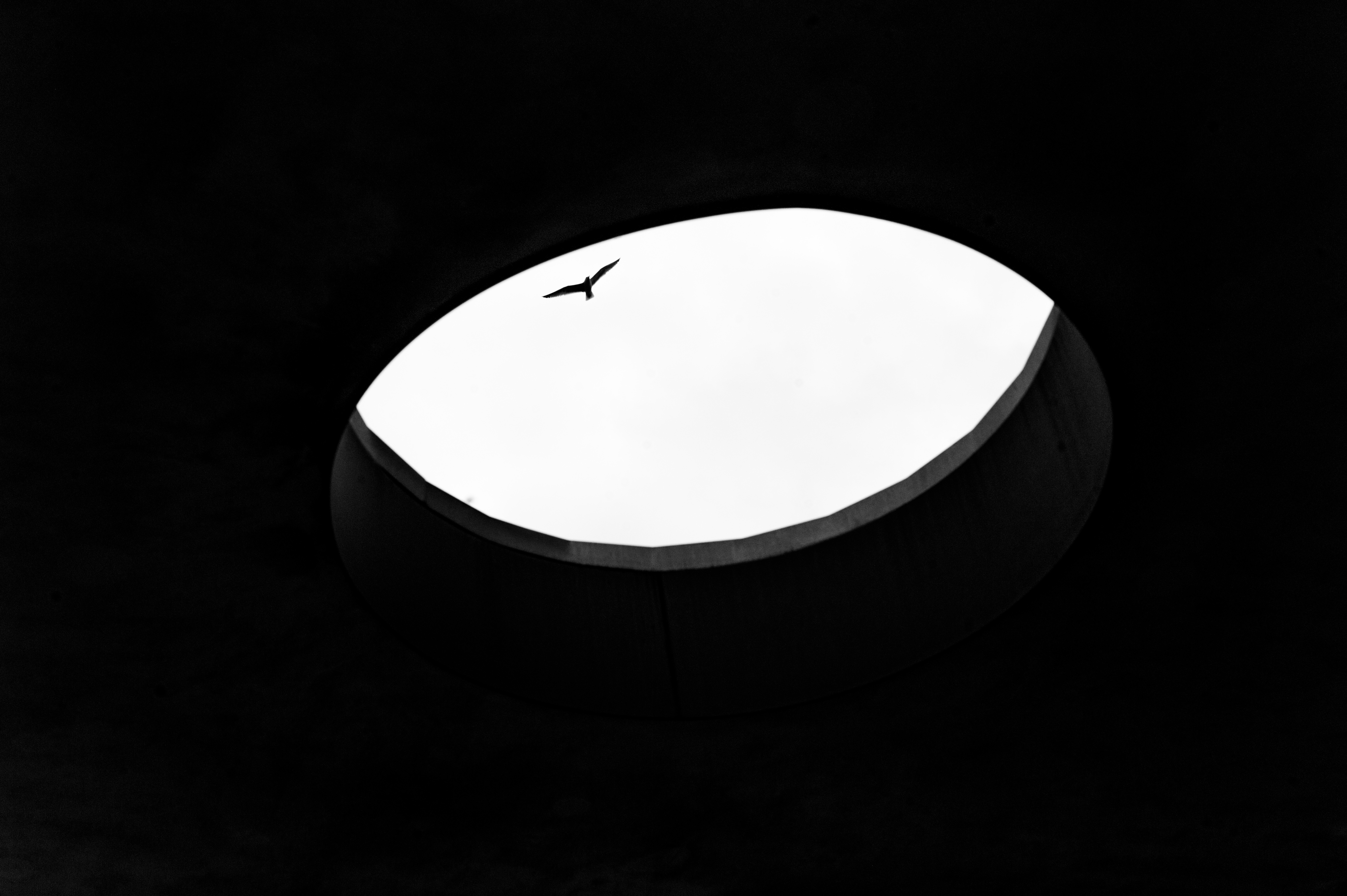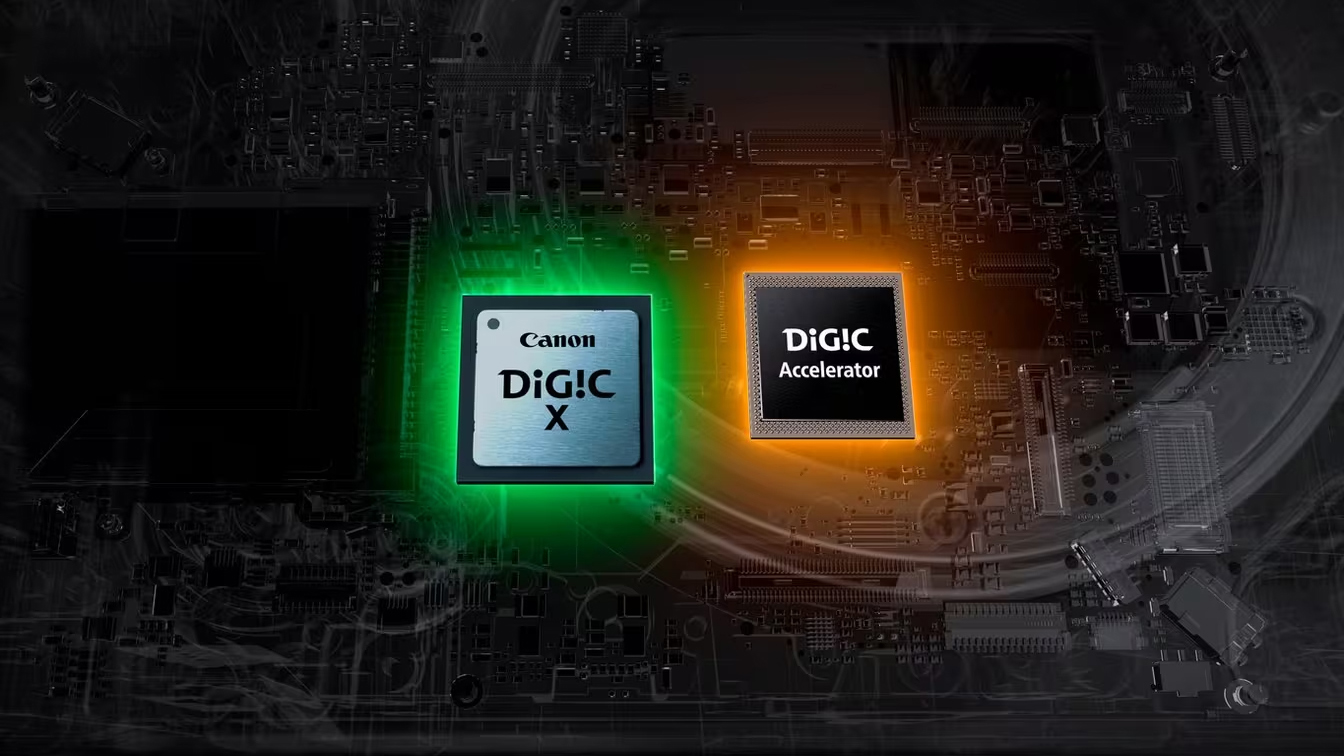Why I might trade my film camera for a digital monochrome – and why I think it makes sense
Why I might ditch my Leica film camera for a digital one that doesn’t shoot color
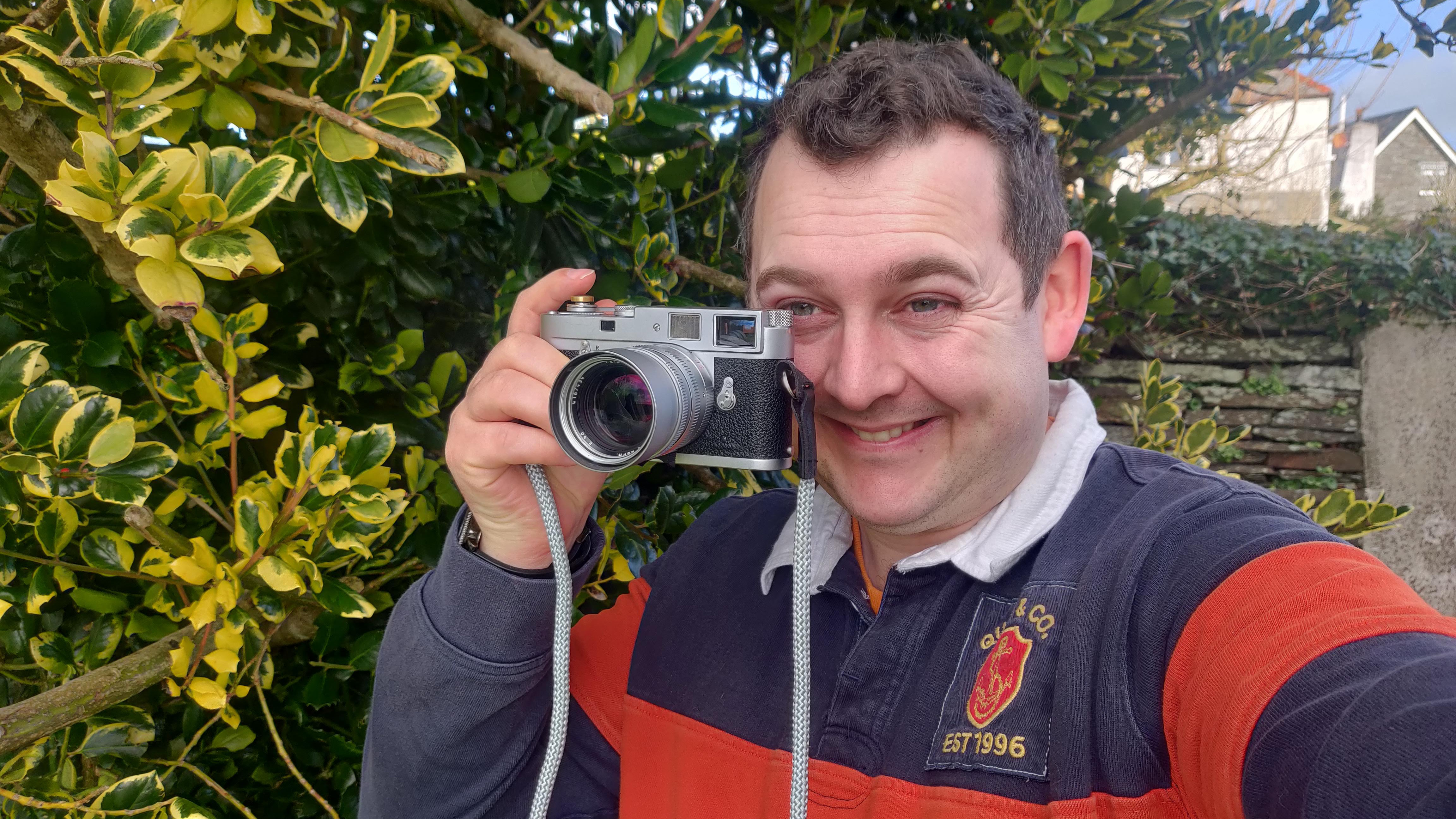
I never set out to be someone who would even consider selling their loved Leica M2. That camera was a promise to myself – a commitment to shoot black-and-white film properly, and to do it on a Leica.
I’d romanticized the process, of course, and rightfully so. There’s something sacred about spooling Fomapan 400 into that cold metal body, manually advancing the frame and knowing that each shot demands attention.
But after more than two years of shooting monochrome – both on film and digitally – I’ve started asking myself a question I never thought I’d entertain: would I be better off just buying a digital camera for black and white photography?
It’s not a question born out of dissatisfaction with film. I still love it. I love the imperfections, the texture and the feeling of handling negatives.
But as I’ve shot more and more with my Leica M-E, using its monochrome JPEG setting, I’ve realized how much I appreciate the sharpness, the clarity and, oddly, the consistency.
There’s a particular soul I try to channel into my black-and-white work – this quiet beauty found in the mundane – and while I always assumed that film was the only way to do that authentically, digital monochrome has started to whisper otherwise.
The idea of owning a dedicated digital Leica Monochrom – a camera that sees only in shades of grey – is starting to make too much sense. It strips away the temptation of color entirely. There’s a purity in that, which I find incredibly appealing.
The best camera deals, reviews, product advice, and unmissable photography news, direct to your inbox!
I wouldn’t be trading my soul for convenience. I’d be trading process for focus. Sure, I’d lose the tactile ritual of film – the rewind levers, the smell of fixer, the soft clunk of a finished roll – but I’d gain immediacy, and arguably more time to make pictures rather than just develop them.
And if I’m honest, this is absolutely a textbook case of GAS (gear acquisition syndrome, for those who aren't yet afflicted with it). I could easily double down on film, improve my scanning setup (my CanoScan 9000F Mark II has seen better days) and get more out of the negatives I’ve already shot.
That would be the pragmatic path. But then again, even when I scan a frame perfectly, I can’t help but notice that I prefer the image I got from my M-E. The digital version is cleaner, sharper – maybe even more honest.
Yet, here’s the dilemma: I can’t afford to just add a Monochrom body to the lineup. One of the Leicas has to go and, while I’ve grown immensely fond of my M2, there’s no way I’m parting with the Leica M-E. It's been with me through a lot, and it continues to surprise me.
So that would mean selling the M2 – a thought that, up until recently, felt almost sacrilegious. But when I look at the kind of work I’m making and want to continue making, a digital Monochrom feels like the right tool.
I know this isn’t a unique problem. Plenty of photographers wrestle with this strange tug-of-war between the heart and the head, between romance and reason. Film feels good. Digital looks good. Sometimes they overlap, but often they don’t.
And while I don’t think the Monochrom is a perfect answer, it might just be the camera that best reflects the kind of work I want to do going forward. Clean. Quiet. Unapologetically black-and-white.
Whatever I decide, one thing’s for sure: color is off the table. My photographic world lives in greyscale. Whether it's captured through grainy emulsion or a stripped-down digital sensor, I’m chasing the same thing – a feeling, a stillness, a truth.
The medium may shift, the gear may change, but the intent remains. And that’s what really matters.
You might also like…
Obviously there are the Leica M11 Monochrom and Leica M10 Monochrom, but you should also consider the Pentax K-3 Mark III Monochrome.

For nearly two decades Sebastian's work has been published internationally. Originally specializing in Equestrianism, his visuals have been used by the leading names in the equestrian industry such as The Fédération Equestre Internationale (FEI), The Jockey Club, Horse & Hound, and many more for various advertising campaigns, books, and pre/post-event highlights.
He is a Fellow of the Royal Society of Arts, holds a Foundation Degree in Equitation Science, and holds a Master of Arts in Publishing. He is a member of Nikon NPS and has been a Nikon user since his film days using a Nikon F5. He saw the digital transition with Nikon's D series cameras and is still, to this day, the youngest member to be elected into BEWA, the British Equestrian Writers' Association.
He is familiar with and shows great interest in 35mm, medium, and large-format photography, using products by Leica, Phase One, Hasselblad, Alpa, and Sinar. Sebastian has also used many cinema cameras from Sony, RED, ARRI, and everything in between. He now spends his spare time using his trusted Leica M-E or Leica M2, shooting Street/Documentary photography as he sees it, usually in Black and White.
You must confirm your public display name before commenting
Please logout and then login again, you will then be prompted to enter your display name.
